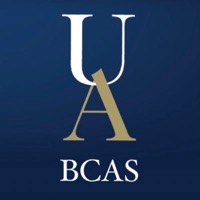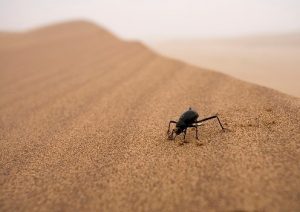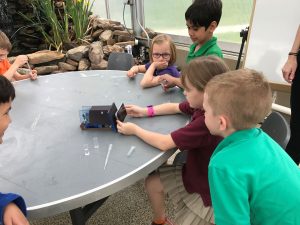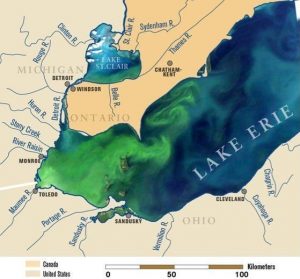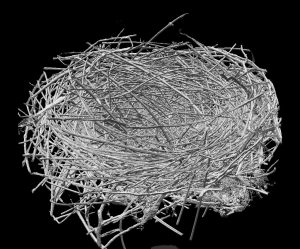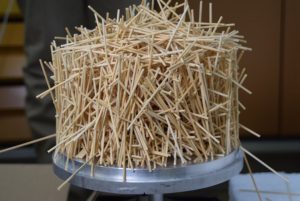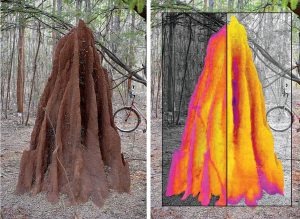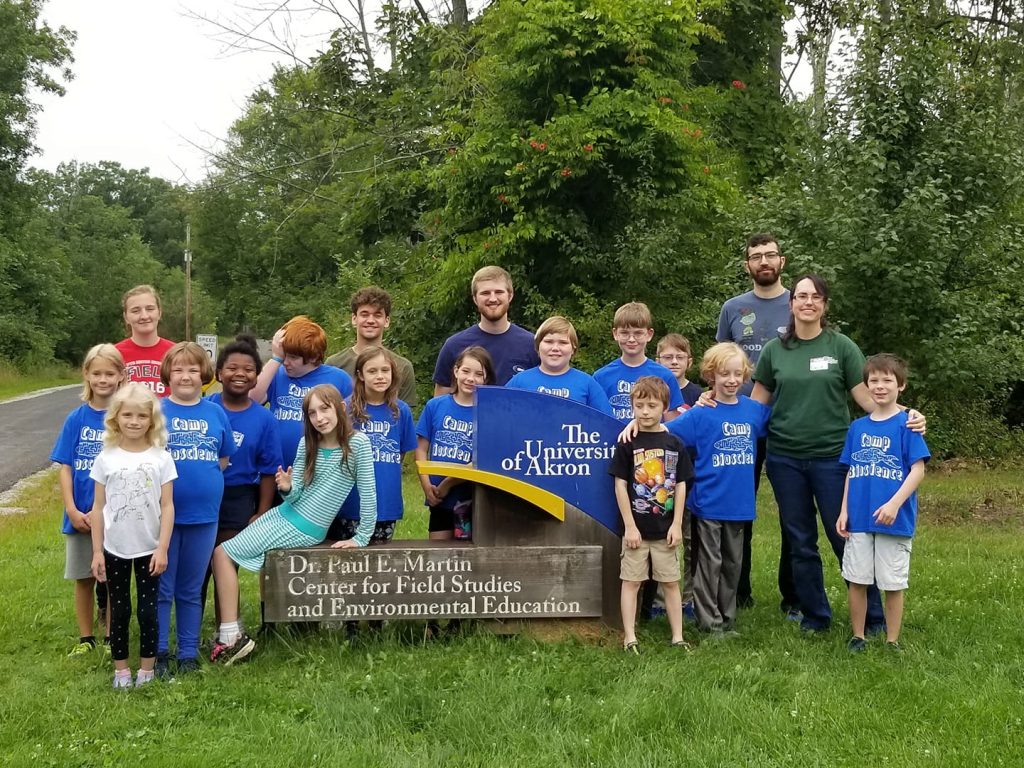[Past Projects]
Dr. Randy Mitchell and Rebecca Eagle-Malone
Have you ever wondered how plants would respond to an extreme environment… like on the planet Mars? Then my lab is for YOU! We currently investigate plant response and tolerance thresholds of plants in extreme environments, particularly focusing on the environmental conditions on Mars.
Projects
- Project 1: What differences exist in plant growth when grown in Martian regolith versus Earth soil?
- Project 1 kicks off Plants on Mars. In the lab, we will mix our own Martian regolith based on Curiosity’s ChemCam findings. All the ingredients are ready for mixing and potting. We will plant seeds in peat pots containing regolith and in peat pots containing a potting soil. We will assess differences in germination time, time to maturity, root and shoot biomass allocation, appearance of first leaf, leaf area index, and viability of offspring.
- Project 2: Martian Terrarium: How do plants respond to the Martian atmosphere compared to Earth?
- Project 2 involves the engineering of a Martian terrarium. Using a dry box (or similar), the terrarium will be climate controlled (atmospheric gases, partial pressure, and temperature). Internal sensors will monitor changes within the chamber. Mixed regolith will contain seeds to assess germination and growth/development timelines. We will also place seedlings, germinated prior to terrarium enclosure. We will assess: germination time, time to maturity, root and shoot biomass allocation, appearance of first leaf, leaf area index, and viability of offspring.
- Project 3: What level of perchlorates can plants remove from groundwater? What are the tolerance thresholds of perchlorates? How much perchlorates can plants accumulate in their tissues?
The verdict is still out on whether Mars has liquid water. However, much speculation suggests that any liquid water likely contains perchlorates. We will construct a simulated environment that assesses the ability of plants (known phytoremediators and phytoaccumulators) to remove perchlorates from the groundwater to a potable level prior to reaching the aquifers. We will assess seedlings’ abilities to tolerate the perchlorates, the concentration in perchlorates in the plant tissues both above and below ground (root and shoot), and continual monitoring of the water system in the engineered aquifer on a weekly basis. Modeling will allow us to investigate the biomass required to remove the perchlorates from ‘x’ size aquifer to a potable level.
Click here for other information about Dr. Mitchell’s lab.
